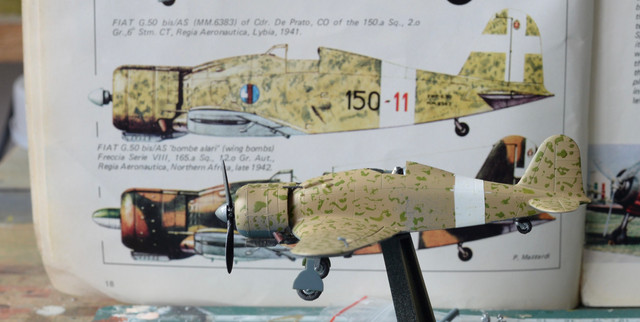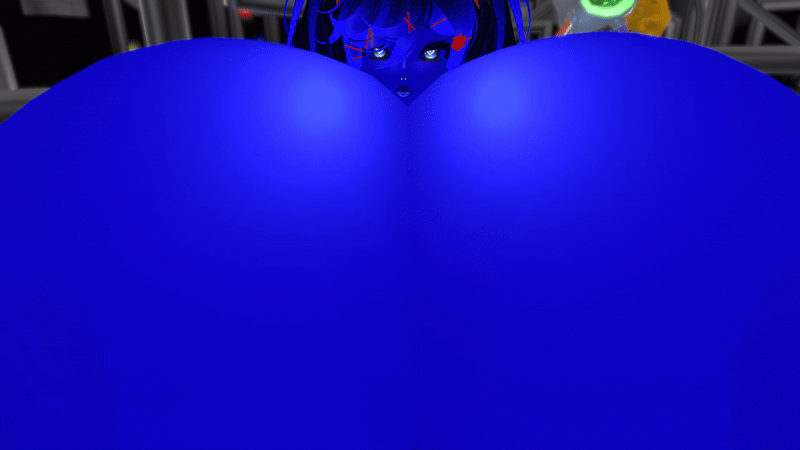HOME | DD
 CommodoreHorton — Storm class minelayer
CommodoreHorton — Storm class minelayer

Published: 2017-05-02 16:41:03 +0000 UTC; Views: 1198; Favourites: 18; Downloads: 6
Redirect to original
Description
Length: 358 feetDisplacement: 2,855 tons
Armament: x2 4 inch guns, x1 100mm AA cannon, x4 quadruple 20mm AA guns, x1 floatplane, depth charges, up to 78 mines.
The uff de Laurent royal family placed incredibly political pressure upon the newly established Confederated Kingdoms to pursue only the most minimal forms of military development in the wake of the Great War, to the extent that conditions for their joining into the Confederated government included a mandate for a radically minimalized military, and with proportionally increased welfare systems. As such, with the exception of the cleverly arranged for Expedient class cruiser (the last of which was delivered in 1925) capitol ships, or for that matter anything large and offensive in tone, were not ordered in any great numbers until 1938, when overseas military expansion reached levels wherein the GRCKN's minimal size and aging ships were simply insufficient.
However, in small ways the GRCKN managed to continue developing its capabilities during this moratorium. Out of this era came the military doctrine of 'drouunedsea', which espoused that in case of hostilities their navy, being smaller and overall more modest in capabilities than that of a hostile power might be, would conduct essentially a fighting withdrawl right from the start, but with the goal of leaving in its wake minimal resources useable to advancing powers. Part of this doctrine was an emphasis on the use of mines as an area-denial method, as their removal would tie up opponent's resoures and their presence would induce caution and hesitation in advance by the enemy. Particularly, mines did not offend the uff de Laurent's sensibilities--it would be the actions of the aggressor which would be their undoing, which fit nicely into their Yengiist pacifistic philosophy. As such, at the first provisioning conference in 1924 a proposal was made for a class of mineships--equipped for deployment of mines or their detection and removal--which given the small size described passed muster without great controversy. The ships, only a hint longer than the S class destroyers also being pitched at the time, were certainly not remarkably offensive weapons, and great emphasis was placed during their proposal that the type would be well suited for cleaning up marine channels which had been mined during the Great War. Authorization was given readily, and the Storm class minelayers began being delivered in 1926.
While far from being capitol ships given their size and light gun armament, the Storm class minelayers definitely took some direction from cruiser development at the time; with the mounting of a catapult for floatplane operations, the little Storms became in essence paper-cruisers, being able to scout ahead for other vessels as well as carry considerable supplies within the copious enclosed mine-deck at the vessel's stern. While by no means optimized for combat engagements, they function perfectly well enough as destroyer leaders, and saw much use as minesweepers immediately after their launch, where they were sent south to assist with efforts to clean up hazardous regions. Additionally, the ship's utilitarian nature combined with their size and range made them well suited to coastal patrols of the royal territories. During one such operation, SCK Typhoon became the GRCKN's greatest peace time loss, suffering a catastrophic explosion shortly after arriving at Arnoldtouun the night of 4 August 1936, which killed the ship's entire compliment and blew out windows up and down the waterfront.
Storm class minelayer--first launched 1926
SCK Tempest
(service history goes here)
SCK Typhoon
Exploded at anchor off of Arnoldtouun, 4 August 1936, lost with all hands.
SCK Tornado
(service history goes here)
SCK Cyclone
(service history goes here)
























